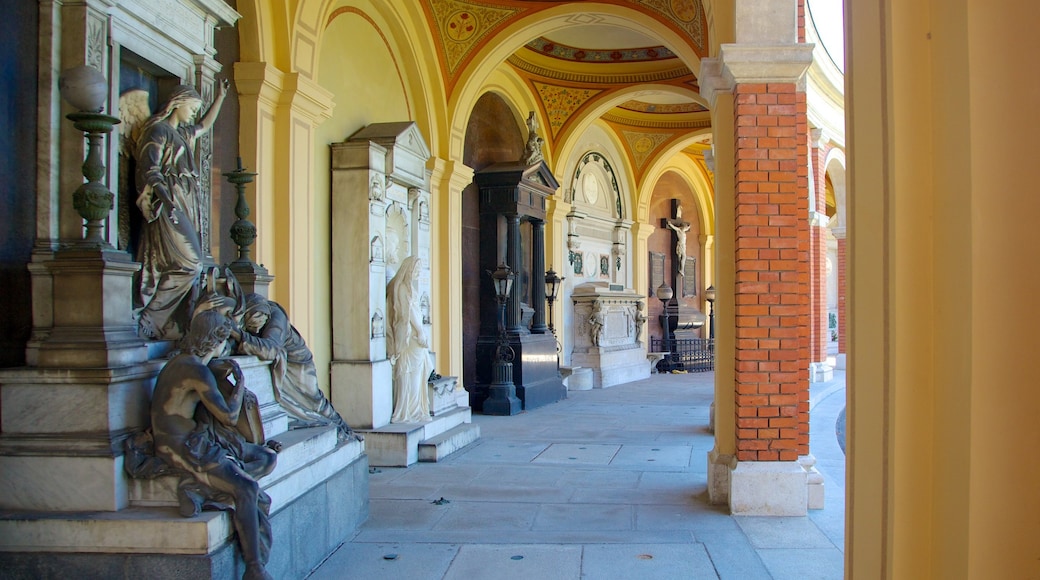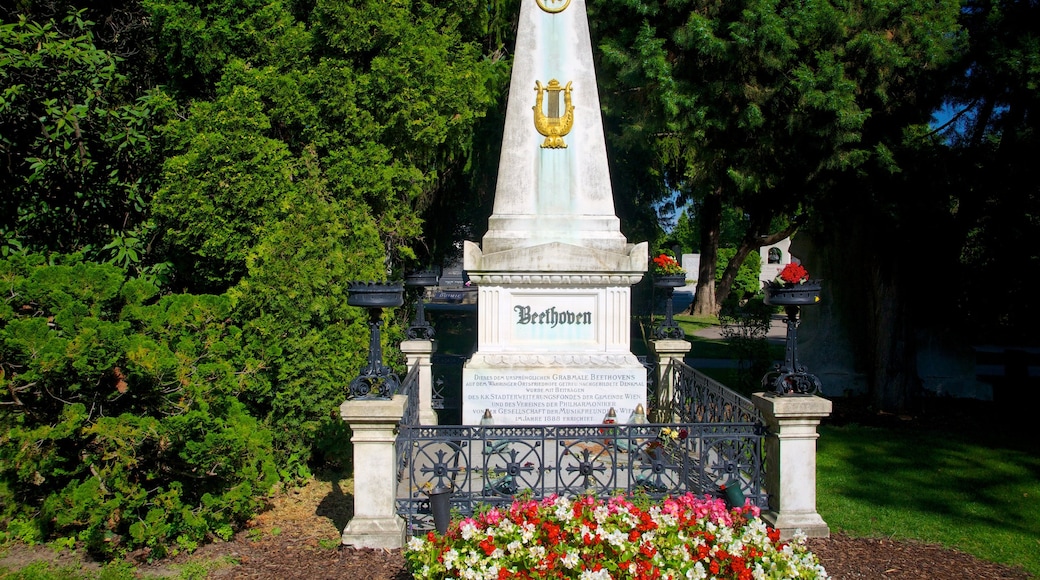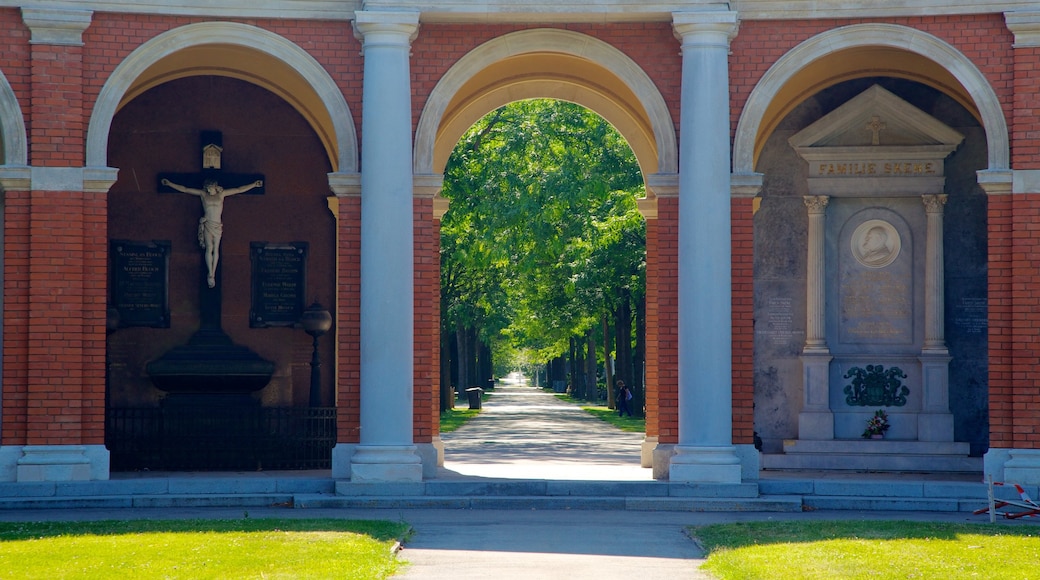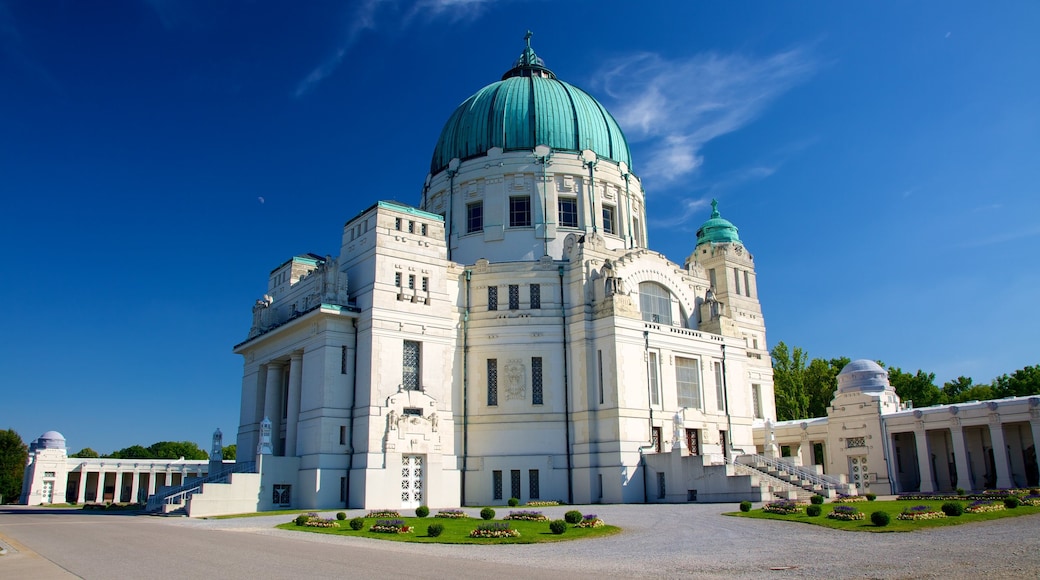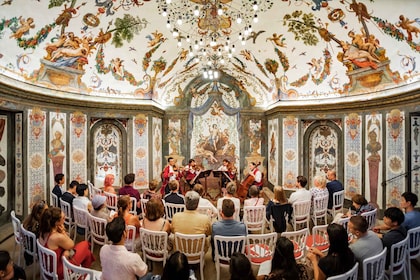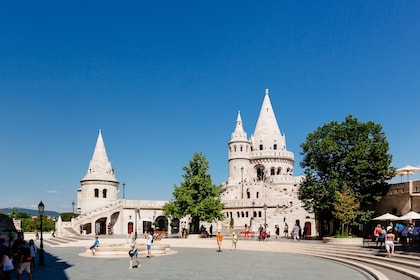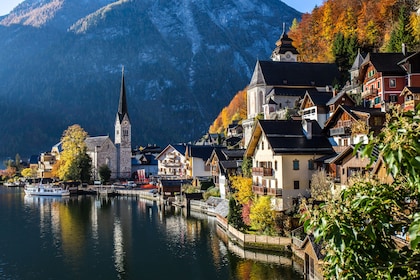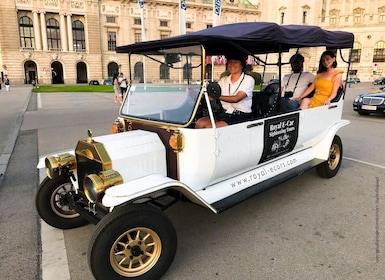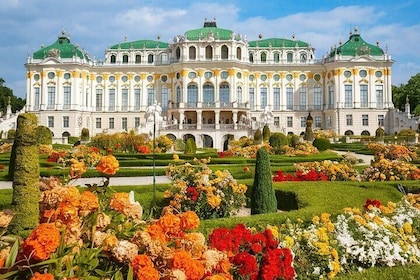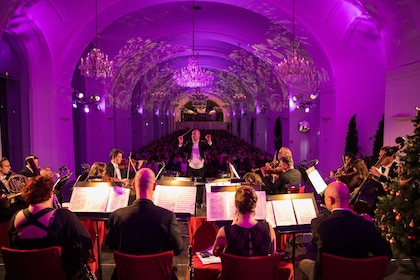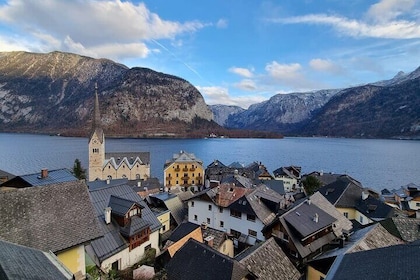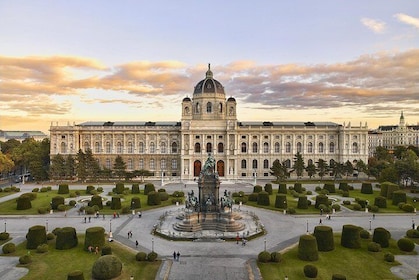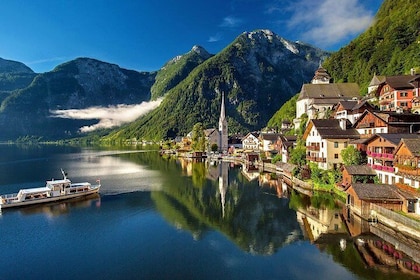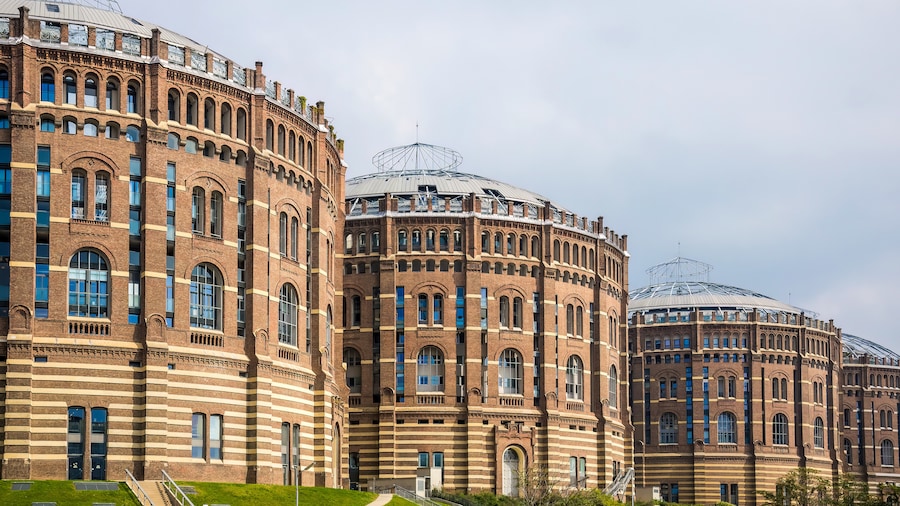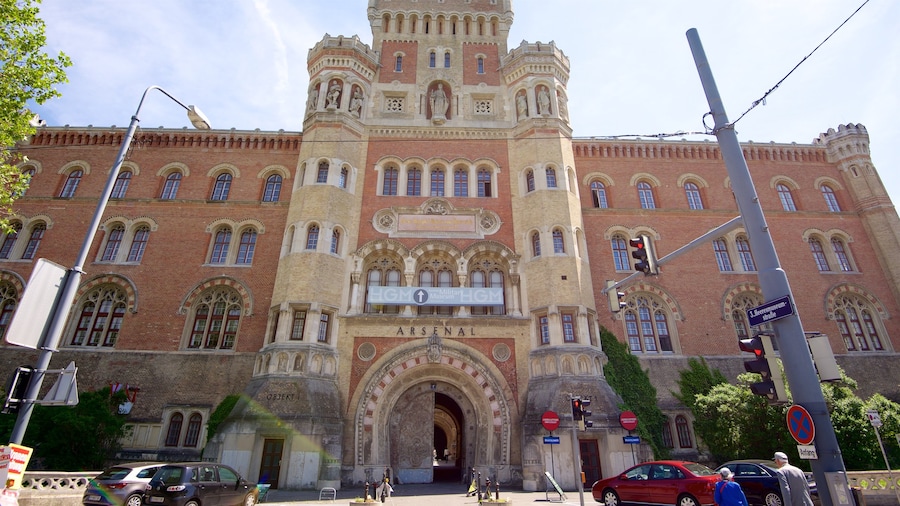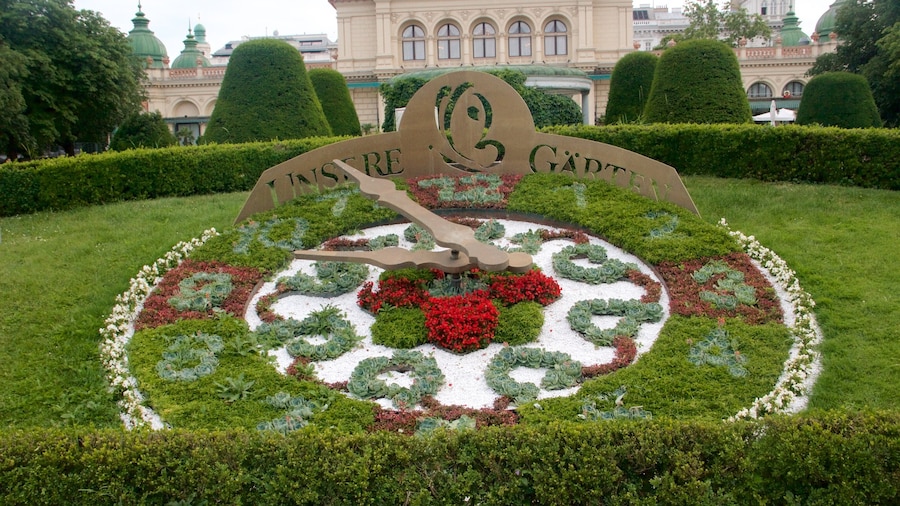Take a journey through Vienna’s musical past by visiting the graves of some of the great composers who created and performed here. Beethoven, Brahms, Schubert, Strauss and many more are all interred in Vienna’s Central Cemetery beneath fittingly ornate headstones. The Art Nouveau architecture of the cemetery’s layout, church and other buildings make it an attractive place to stroll around for an afternoon.
The Zentralfriedhof (Central Cemetery) was built in 1874 and has grown to become one of the most notable cemeteries in Europe. Millions of people are interred within the 495-acre (200-hectare) park, with a special section for the people who made the “City of Music” so famous.
Two Art Nouveau structures designed by the architect Max Hegele greet you when you enter through the main gate (Gate 2). The first thing you’ll see is the graceful statue of a goddess playing a harp. This is soon followed by the large dome of the Church of St. Borromeo. This church, constructed between 1908 and 1910, is the cemetery’s main ceremonial center.
Pick up a plan from the guard. You’ll note that the cemetery has a distinct, rounded layout. Graves are grouped by religion, with Catholic, Protestant, Muslim, Jewish and Russian Orthodox Christian sections.
Most people head straight to the Graves of Honor section. This is where you’ll find the imposing tombstone of Beethoven and the attractive relief above Schubert’s grave. You can also pay homage to Mozart at a monument dedicated to the great composer, although his body rests in the St. Marx Cemetery in Vienna. Other notable graves are those of Austrian prime ministers since 1945, as well as several of the city’s famed architects such as Adolf Loos and Josef Hoffmann.
The name of the Central Cemetery can be misleading, as it is not in central Vienna, but located about 20 minutes southeast of the city center. Drive there or take the tram from the city center. The gate is open daily and admission is free.
